This is the largest of the resident Lepidoptera of The British Isles: the Privet Hawk-moth, Sphinx ligustri. As its scientific name suggests, this is one of what are commonly known as Sphinx moths in the US and elsewhere. This species can have a wingspan of up to 120 millimetres when its wings are full extended.
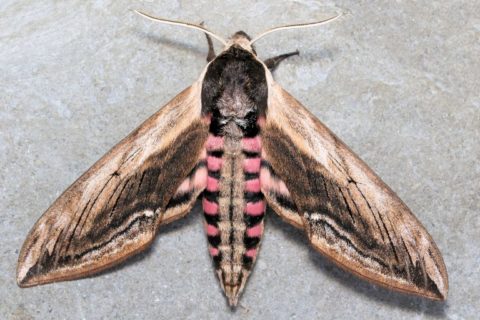
At the other extreme of size scale is the Satin Grass-veneer, Crambus perlella, is one of the smaller of our moths, oh not the smallest by a long chalk. It is by definition a micro moth, but the division between micro and macro moths (such as the Privet Hawk-moth above) isn’t, as one might assume, about size but rather the position of the animal on the evolutionary family tree.
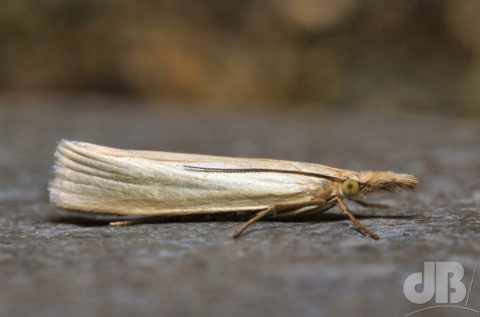
As I understand it, what we might term the oldest species, the more “primitive” moths are grouped as the micros. This perhaps bizarrely includes all of the butterflies as micro moths. The macros are then a second evolutionary wave that came millions of years later. Many micro moths around the world are much bigger than the Privet Hawk-moth and many are larger still than some of the much bigger tropical macro moths.
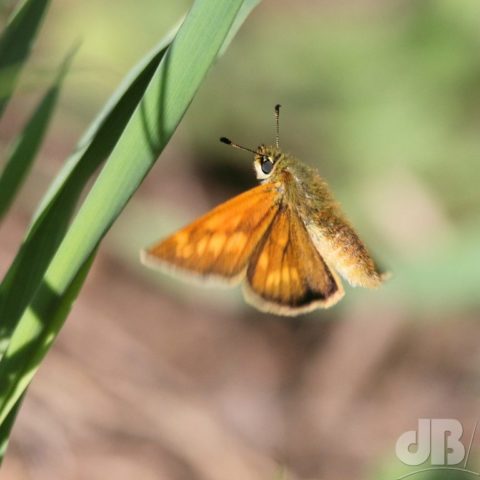
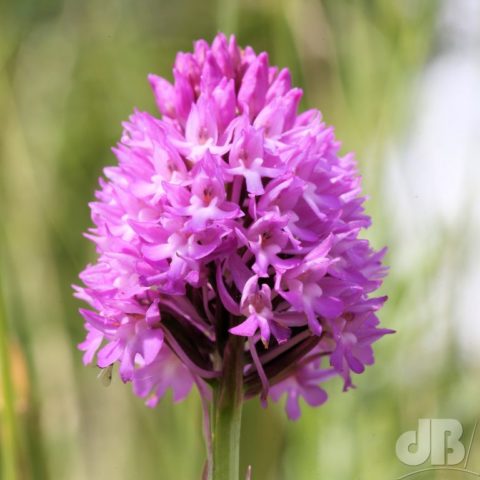
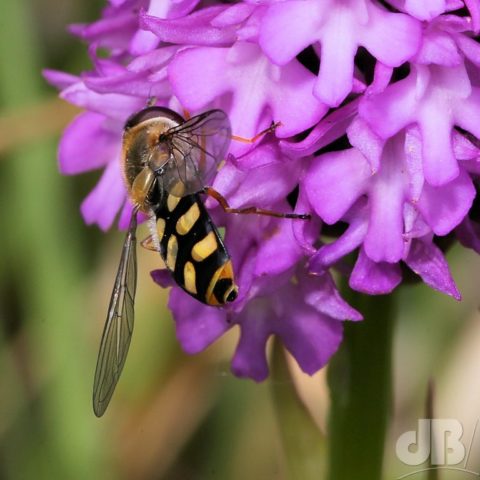
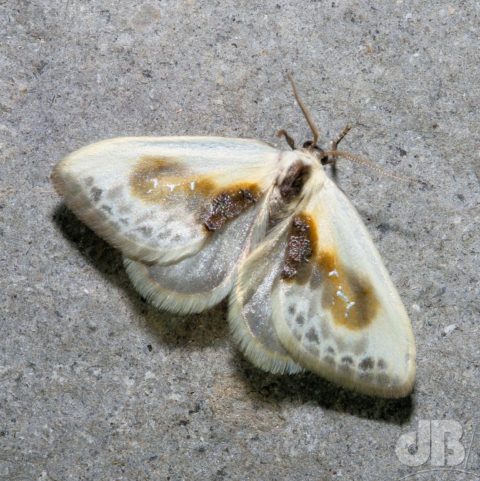
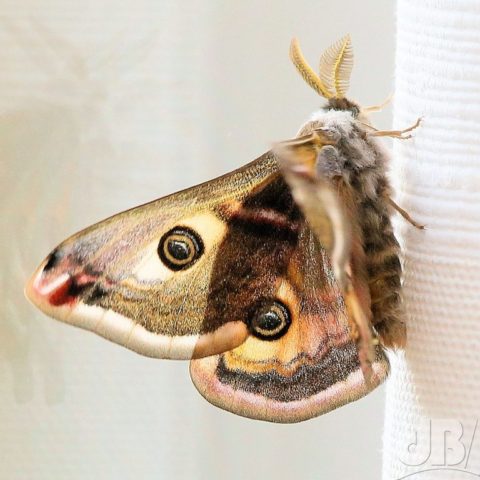
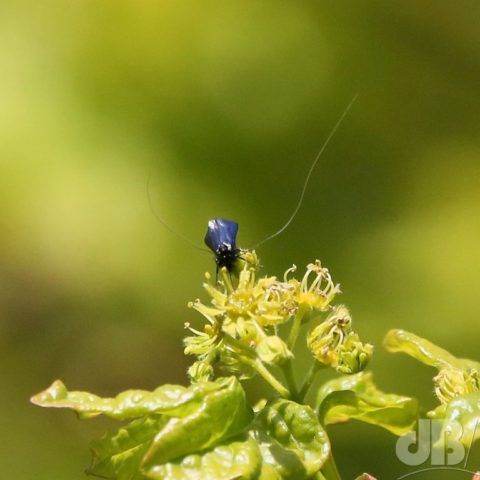
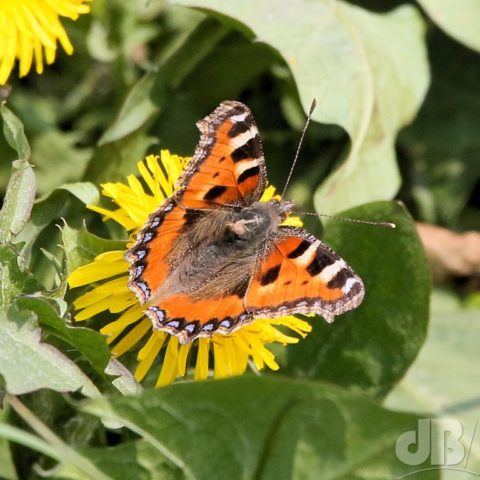
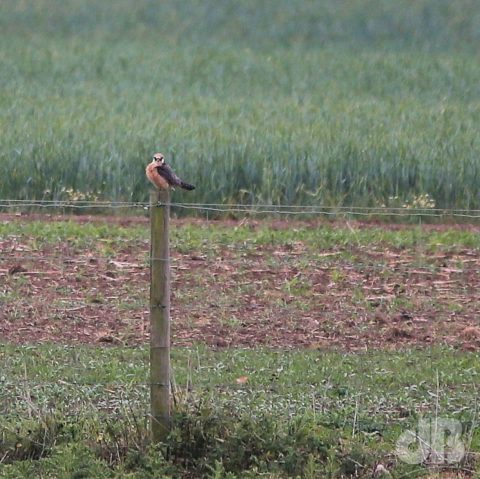
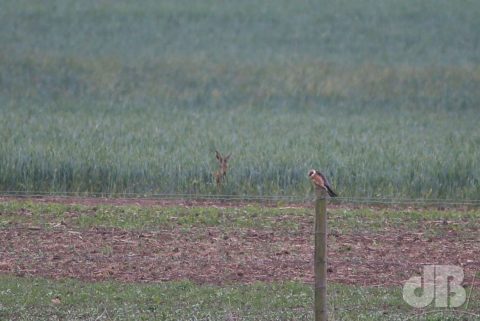
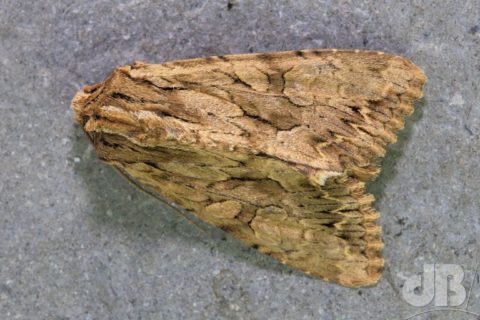
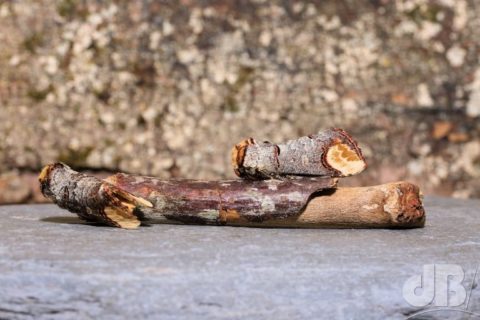
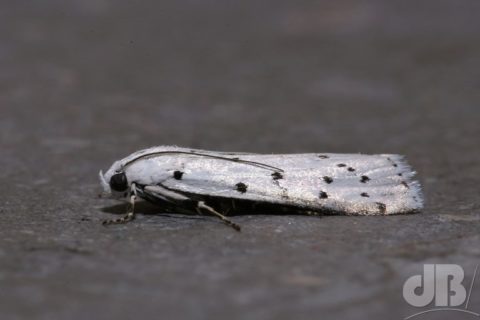
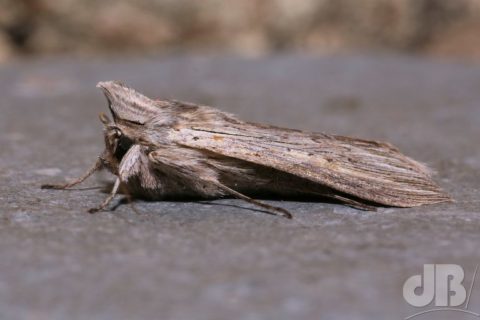
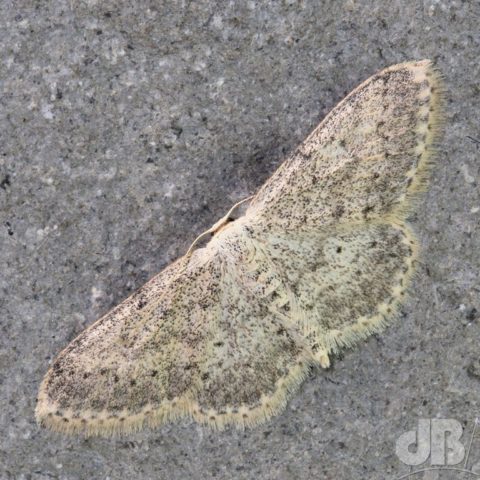
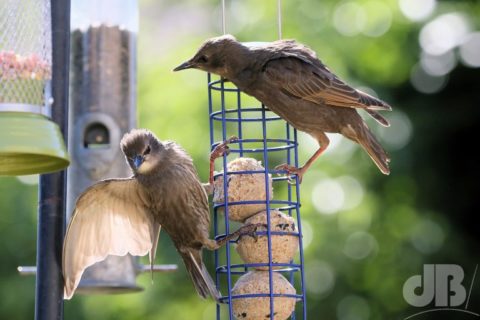
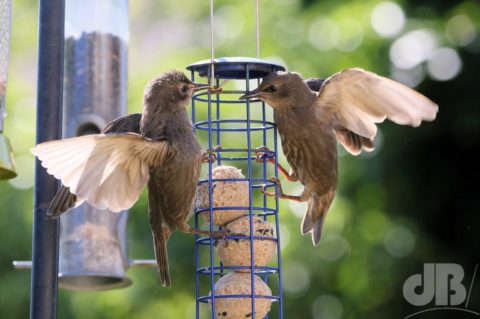
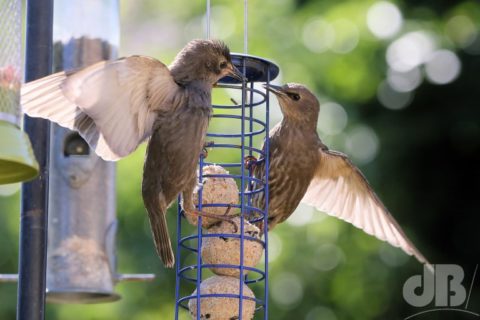
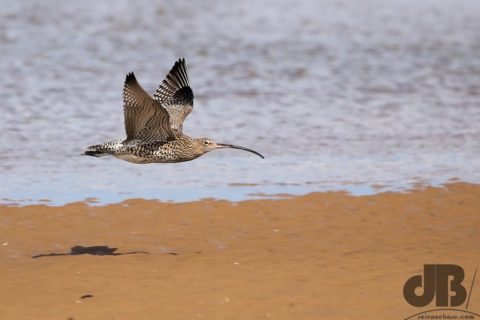
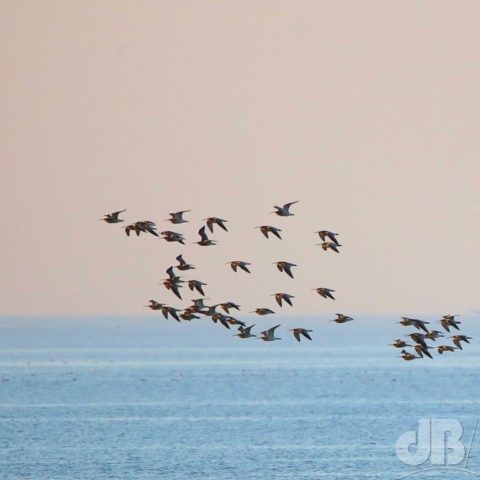
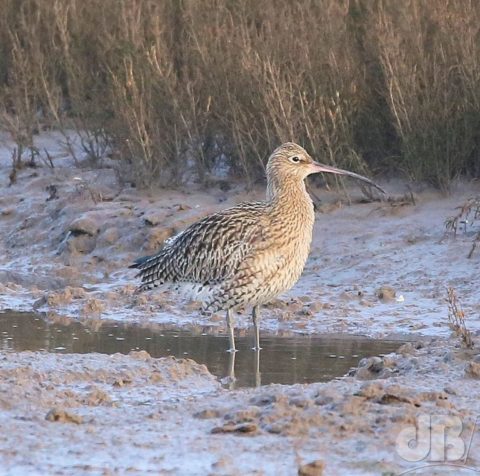
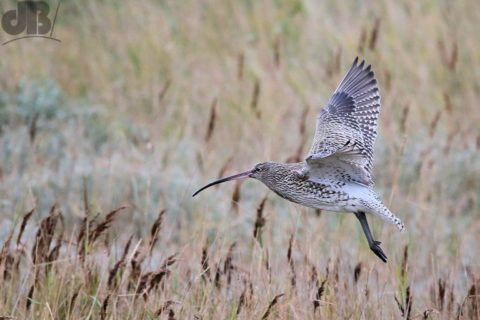
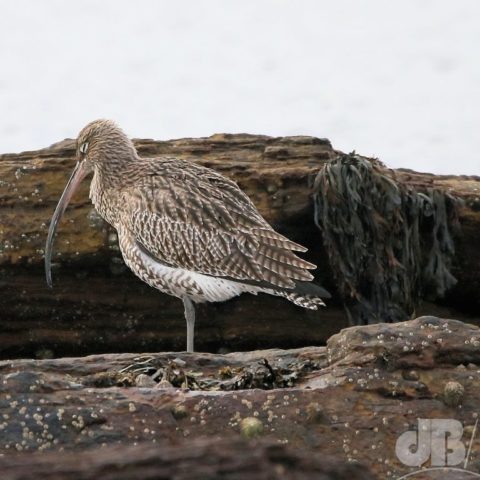
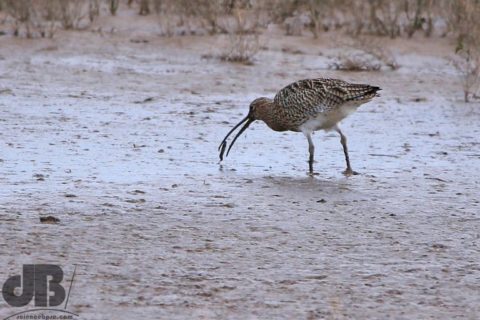
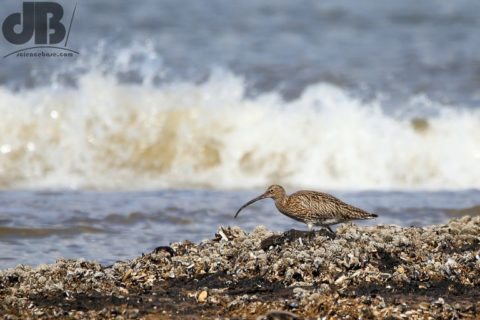
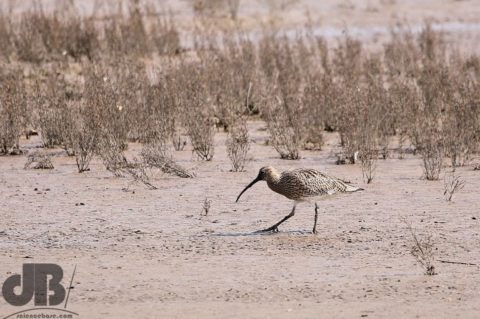
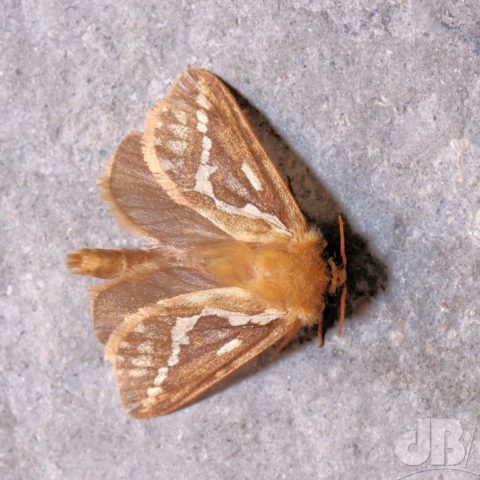
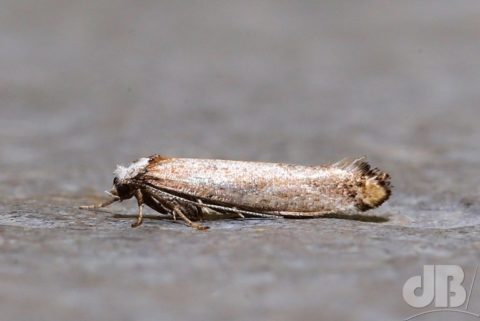
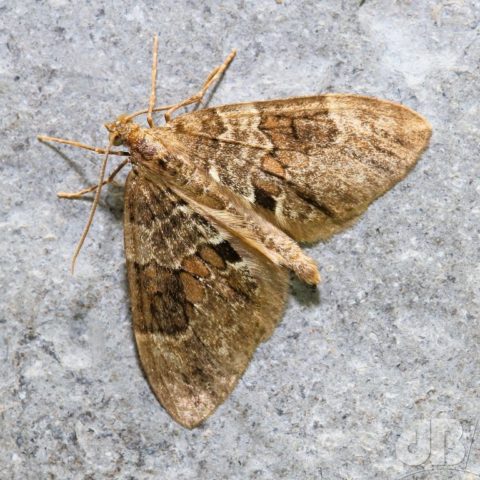
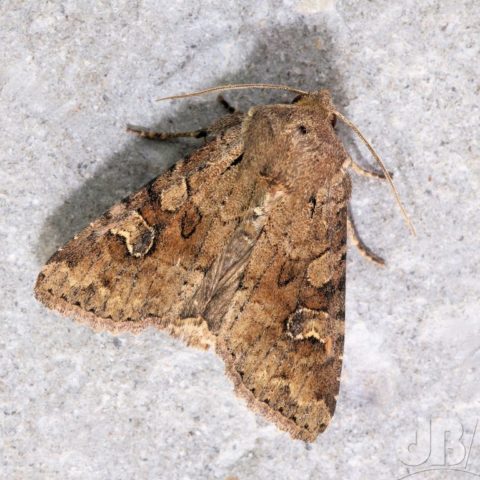
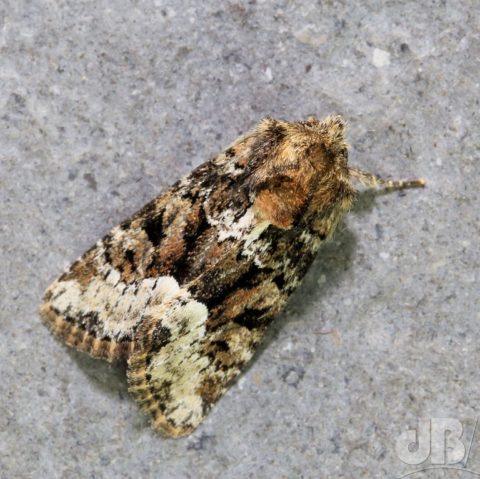
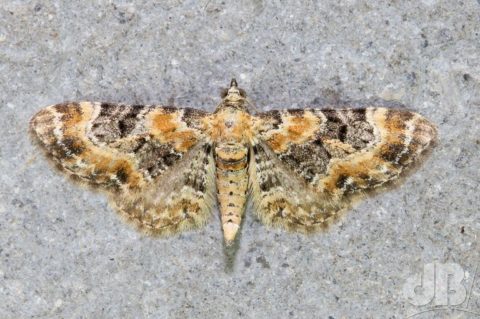
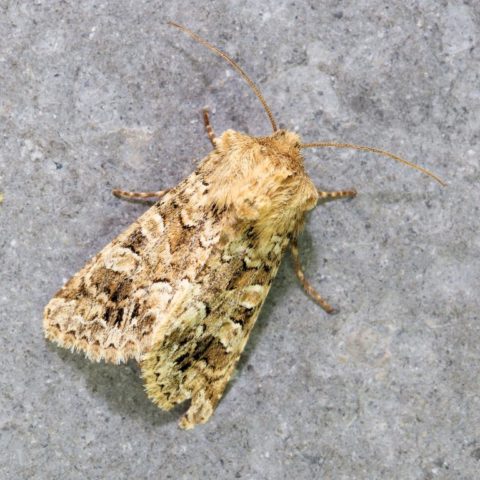
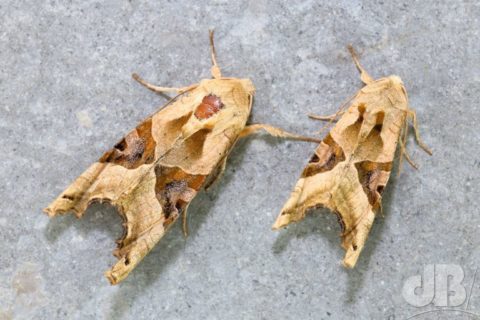
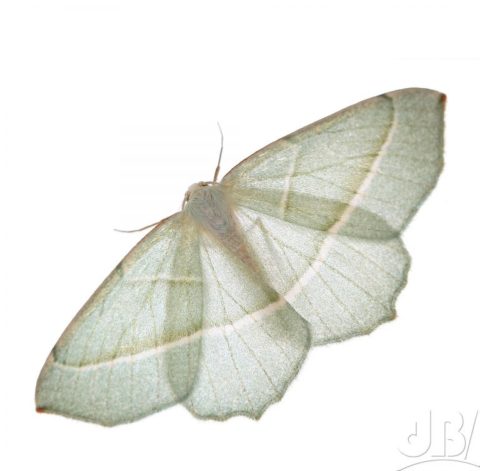
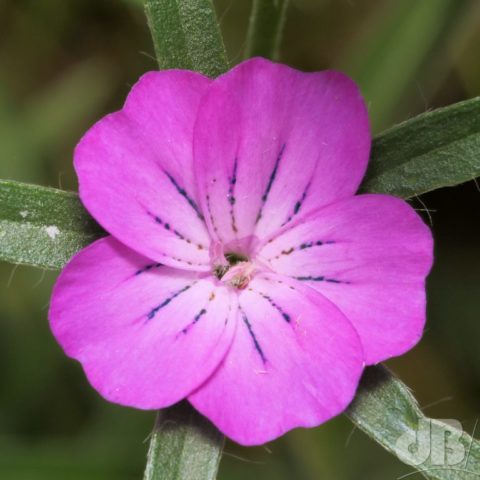
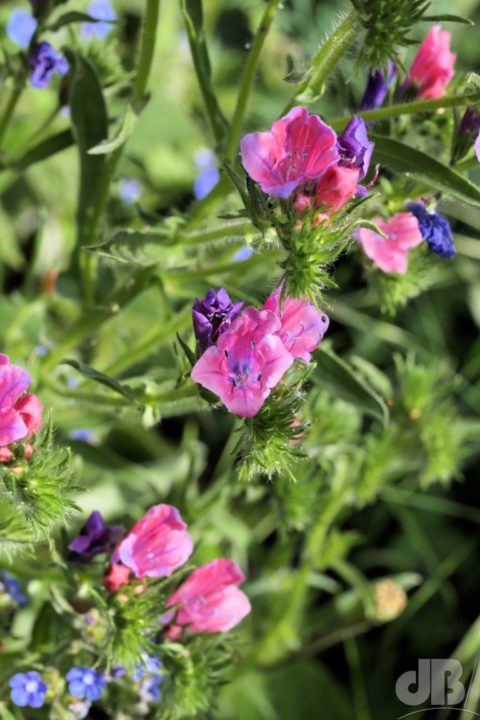 This wildflower species, Agrostemma githago, was thought to be extinct in the British Isles until a specimen was spotted in Sunderland of all places by a National Trust assistant ranger in 2014.
This wildflower species, Agrostemma githago, was thought to be extinct in the British Isles until a specimen was spotted in Sunderland of all places by a National Trust assistant ranger in 2014.